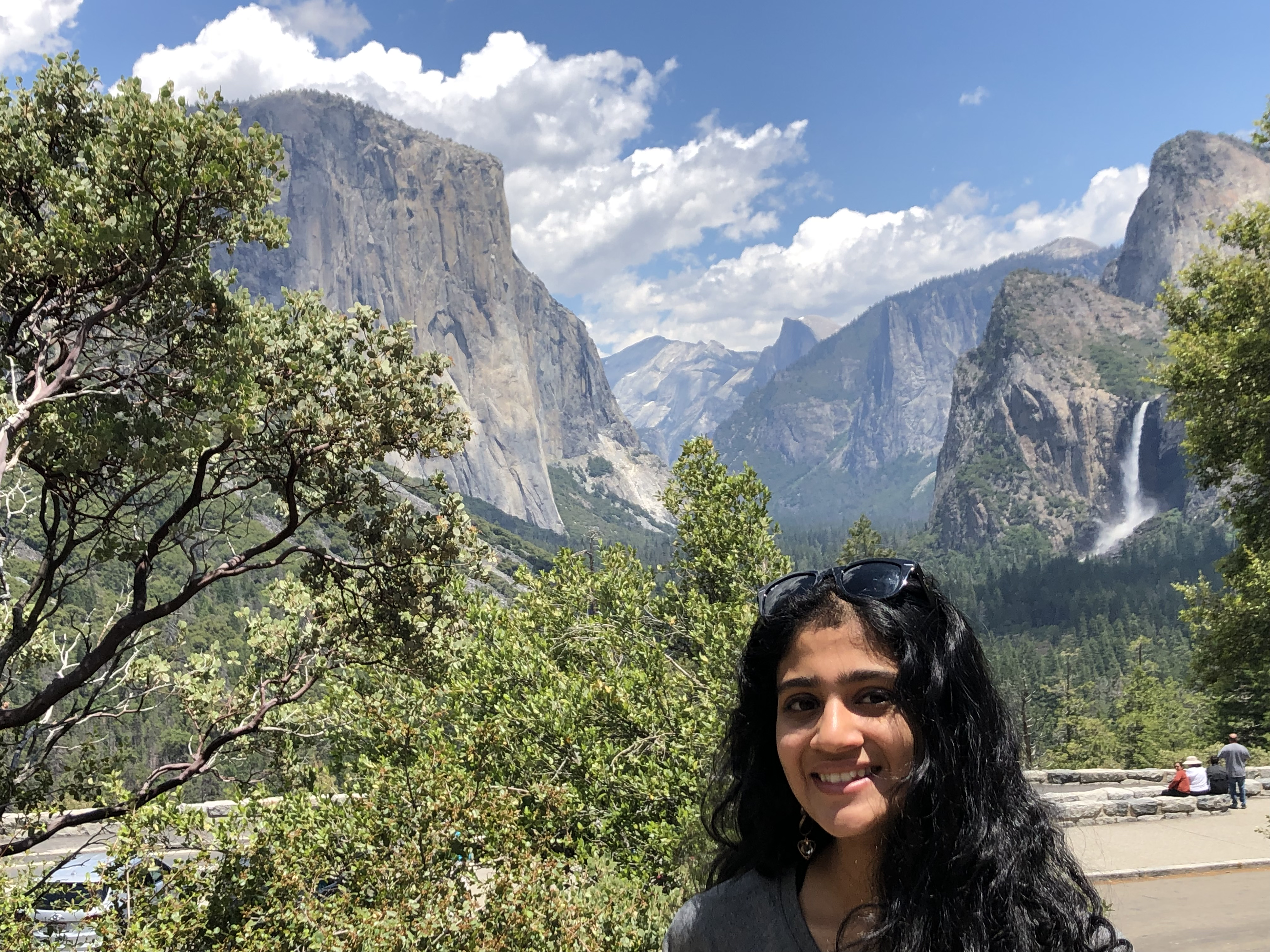From My Kitchen to Beauty Routine
- Aradhana Prabhala

- Apr 28, 2021
- 4 min read
I remember as a kid my mom would vigorously oil my hair, brush it out, and style it into two neat braids. At the time, I hated it and refused to do it, despite my mom insisting I would otherwise end up bald at 25. On our trips to India, we’d go walking through the markets, and she’d always point out the wig stores – I’d be needing one when I went bald. I laughed it off. When I first started breaking out as a teenager, she’d tell me to put turmeric cream, insisting that it would help. I’d also put on this homemade face mask consisting of turmeric, chickpea flour, rice flour, rosewater, and milk. I never paid much attention to it, but it did seem to help with my zits.
Now that I’m 20, I’ve avoided baldness (so far), but I have noticed my hair is thinning out a bit. I tried switching shampoos, brushing it less, and using more conditioner. It didn’t work. I haven’t had many major breakouts besides the occasional pimple, but my face has recently started to feel crackly. I tried a number of moisturizers, face washes, and sheet masks. Like the hair, it didn’t work and I grew increasingly frustrated.
Nothing was working for me and I felt no improvement in my skin or hair after almost two years- I actually felt like it was getting worse. So I decided to go back to the basics during quarantine: oiling my hair and braiding it, doing the face mask weekly. After years of resisting hair oil and face masks, I’m embarrassed that I am starting to see a difference now. My hair feels shinier and healthier, my skin tone has evened out and feels really moisturized. While it may not work for everyone, it did for me so I thought I’d pass on the bit of generational wisdom.
How does it work? According to my family, the oil helps manage hair loss, nourishes your scalp, and makes your hair shinier and softer. The face mask’s different ingredients make it good for managing acne (turmeric), even out skin tone (chickpea flour), exfoliate (chickpea and rice flour), and make your skin softer. I gave the face mask “recipe” to fellow Bite member Faith to try out, and she loved it! “When I rinsed it off, my face actually felt moisturized and usually my face will get kinda tight after rinsing since my skin leans towards the drier side”, she said. She also liked how the mask tightened up as it dried, and appreciated the way chickpea flour acts as an exfoliant when rinsing your face.
While skincare experts may dismiss and discount these “DIY” practices in favor of other brands, it’s important to note that these practices represent much more than just beauty routines. They’re a part of our culture. In many Indian paintings you’ll find depictions of women (and men) taking care of their hair. These practices are also a way of generational bonding and some of my most vivid memories involve my mom, aunts, or grandmas oiling my hair. I remember the excitement of taking baths with this turmeric/chickpea flour mixture and marveling at how soft my skin felt and how great I felt. Skincare isn't a one size fits all either. What works for someone else might not work for me, and vice versa. So while these tips and tricks might not be for everyone, I’ve learned the value of generational wisdom and will continue incorporating the little things I pick up into my beauty routine.
Pictured: me with the face mask and hair oil in, vs after washing it all out
Some helpful tips: Go lightly on the turmeric since it can stain your skin if you put too much. This face mask works best the day of, so try not to store any leftovers. If you have extra, you can use it in the shower as a body scrub too. Personally, I like to combine the face mask and hair oiling. I’ll usually oil my hair, do a workout, and then before my shower put the face mask on and wash it all off in the shower. Sometimes I’ll put water in place of milk or yogurt for the face mask.
One thing about the face mask is that it has a very distinct smell that might not be for everyone. I personally don't mind it, but if it does bother you, adding a few pinches of sandalwood powder can help. After washing your face, clean the shower/sink very well. Bits of face mask might stick to the sink, and if left alone will cause a funky smell in your bathroom. Most of the ingredients here can be found in any regular grocery store, but more specific items like sandalwood powder can likely be found at an Indian grocery store.
To make the face mask you’ll need:
a 3:1 ratio of chickpea flour to rice flour
a few pinches of turmeric
a few drops of rosewater (I personally like Dabur Rosewater, it's an Indian brand and can be found at an Indian grocery store)
milk, yogurt, or water (enough to reach a semi-thick paste like consistency)
Combine all the ingredients in a bowl then add your milk or yogurt until it has a semi-thick paste like consistency with a pale yellow color.
Using your fingers apply it to your face and neck, making sure to not get any on your hair.
Leave it for about 15 minutes, until it hardens.
After it hardens, gently wash it off with warm water.
Do this about once a week, not more.
Oiling your hair is relatively simple. All you need is some warm oil. Coconut is my preference, but you can also try Argan, Olive, or Amla (Indian Gooseberry) oils. Here’s how to oil your hair:
Heat up about 1/4 cup of oil in a microwave for about 15-30 seconds until it’s warm.
Massage it into your scalp, detangle your hair with a comb, and braid it.
Leave the oil in for a few (1-2) hours, and then just wash it out well with shampoo and conditioner.
I do this once or twice a week, depending on when I have the time.
It’s worked for me and I hope it works for you!
















Comments